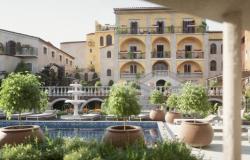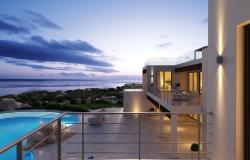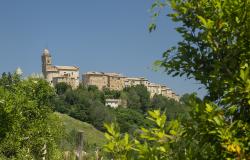Semi-detached for sale in Venosa - B&B Oraziano


















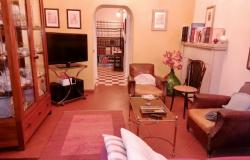

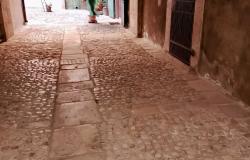
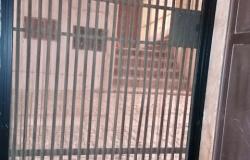
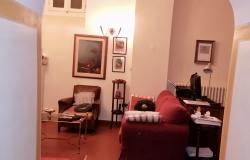

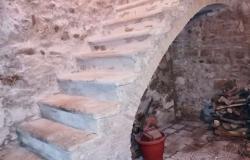
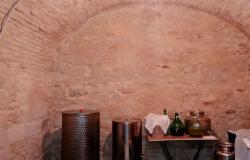

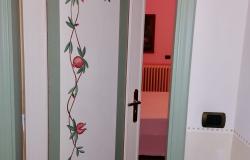
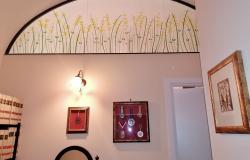
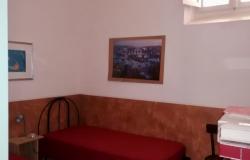
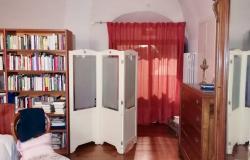
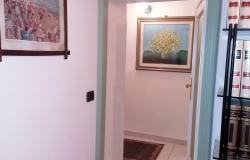
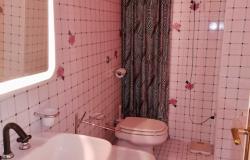
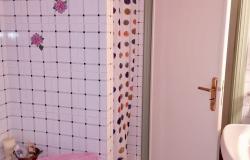
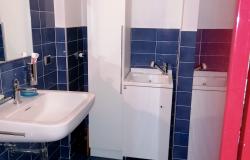
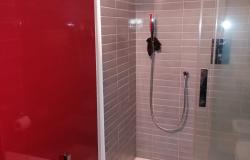
Distances From
60 km - 37 miles
143 km - 88 miles
90 km - 56 miles
74 km - 45 miles
130 km - 81 miles
44 km - 27 miles
121 km - 75 miles
*Please note distances are straight line measurements and are approximate
Description
In the heart of hystorical center in the picturesque and ancient village of Venosa (one of the most beautiful "borgo" in Italy), suspended among the abundance of lands where excellent red wine "Aglianico del Vulture" is produced, only 1 hour far from the famous city of Matera (Unesco Heritage Village), a unique opportunity. Currently operatinga as B&B from 2004.
This fascinating property embraces a large 1500s building (it was originally an old grocery store) made up of 2 generous apartments that occupy the ground floor, flanked by an external courtyard (where 2 bedrooms look out) , storage space and a suggestive brick cellar below.
With currently 3 bedrooms and 2 bathrooms, the property, thanks to its generous size, can be easily divided into two separate units.
With a total area of 230 m2, of which 170 are residential and 60 intended for underground storage and cave, as well as a common back courtyard accessible from a secondary entrance, B&B Oraziano offers an enchanting and versatile setting.
Immersed in the authenticity of Venosa, B&B l'Oraziano is a unique opportunity to create the residence of your dreams or start a new entrepreneurial adventure.
Venosa is famous throughout the World because it was the birthplace of the Latin poet Horace.
Services
The house is already served by all utilities such as water, electricity and gas. First-class materials have been used to preserve the history. There is a water autoclave for emergency in the cellar
Condition
Historic 16th century house renovated in 2016 and 2020 with regular permits. No air conditioned needing, 2 ancient fireplace wich every kind of comfort.
Location
In the Archaeological Park, you can visit the Roman baths, remains of private Roman houses, and the amphitheatre. Archaeological excavations have also brought to light a patrician house of the 1st century AD, called “the House of Horace,” Jewish catacombs containing a series of hypogea discovered in 1853 (the presence of a large Jewish community is attested to by numerous remains), as well as a Palaeolithic site dating to 600,000-300,000 years BC. Little of the Lombard castle remains, while the massive structure of the Aragonese castle, begun in 1470 by Pirro del Balzo, still watches over the daily life of this ancient borgo.
On the western tower, the “Del Balzo” coat of arms can be seen, depicting a blazing sun. This rugged castle, with its four cylindrical towers, was later transformed into an elegant residence by the Gesualdo family, particularly Carlo, who was defined by Torquato Tasso “the Prince of Musicians,” and by Carlo’s son, Emanuele. Those rooms which echoed with Carlo’s wonderful madrigals also hosted, towards the end of Carlo’s life, the refined intellectual court of the “Academy of the Rinascenti” (1612). But the true symbol of Venosa is the Unfinished Church of the Trinity, an evocative stone jewel, which seduces the observer with its very incompleteness. The abbey complex of the Most Holy Trinity, of which the Unfinished Church is part, was begun in the 5th century, when the Old Church (Chiesa Vecchia) was constructed upon the remains of a Roman temple.
Among Venosa’s many churches there is also the Cathedral of Sant’Andrea, with its nave and two aisles modulated by pointed arches, begun in the second half of the 1600s, the 17th century Church of San Filippo Neri, and the famous church dedicated to San Rocco for his having liberated the city from the plague of 1503. In the borgo you will also admire many artistic fountains, among the most beautiful are the Angevin (1228), the Messer Oto (1313) and the 15th century San Marco fountain.
Request more info

